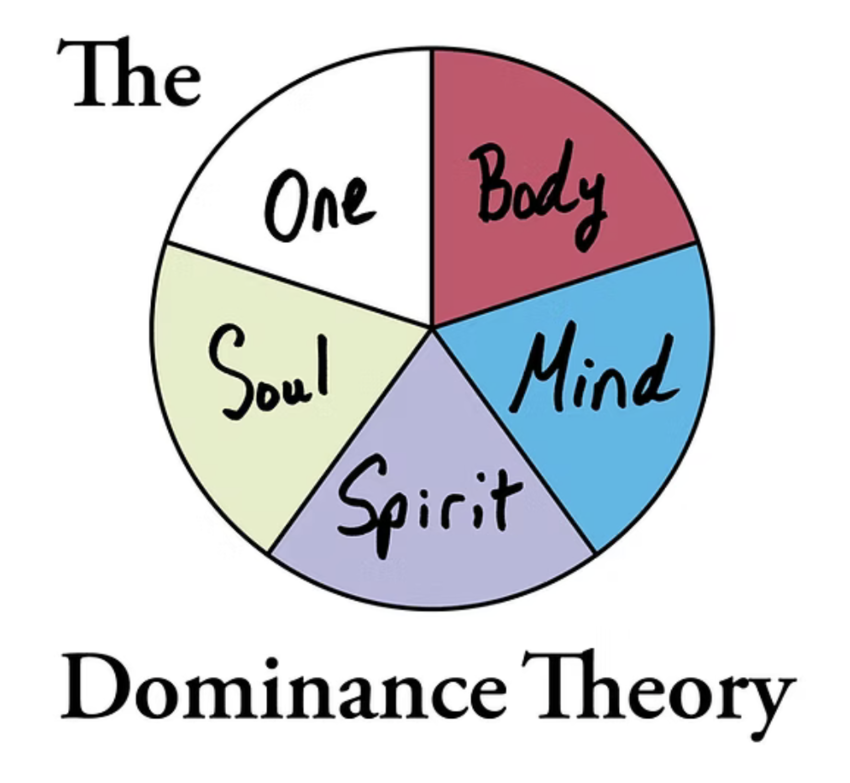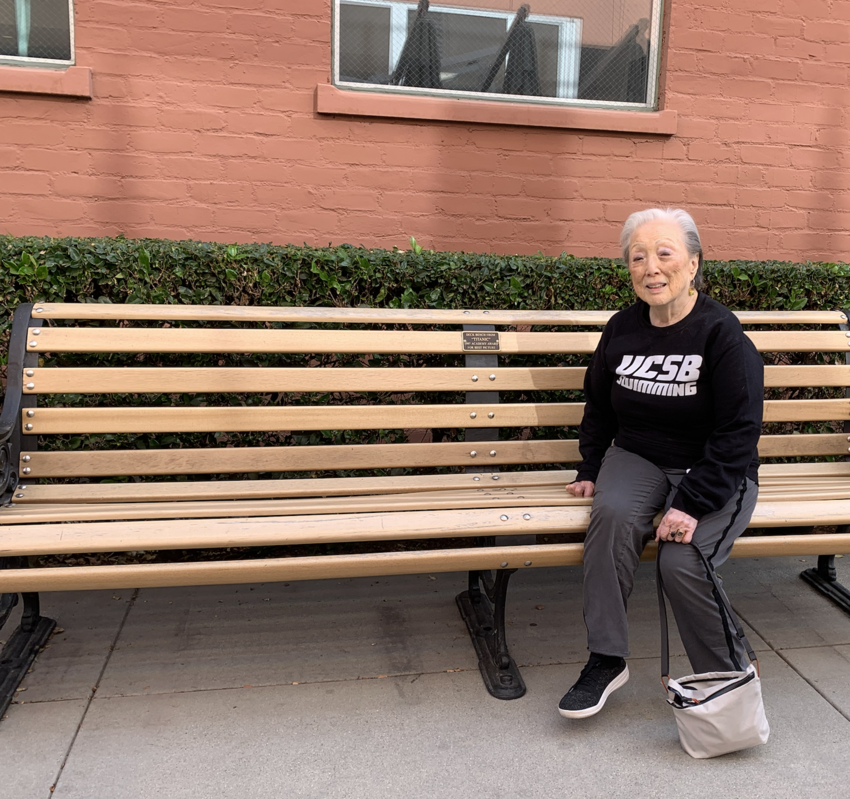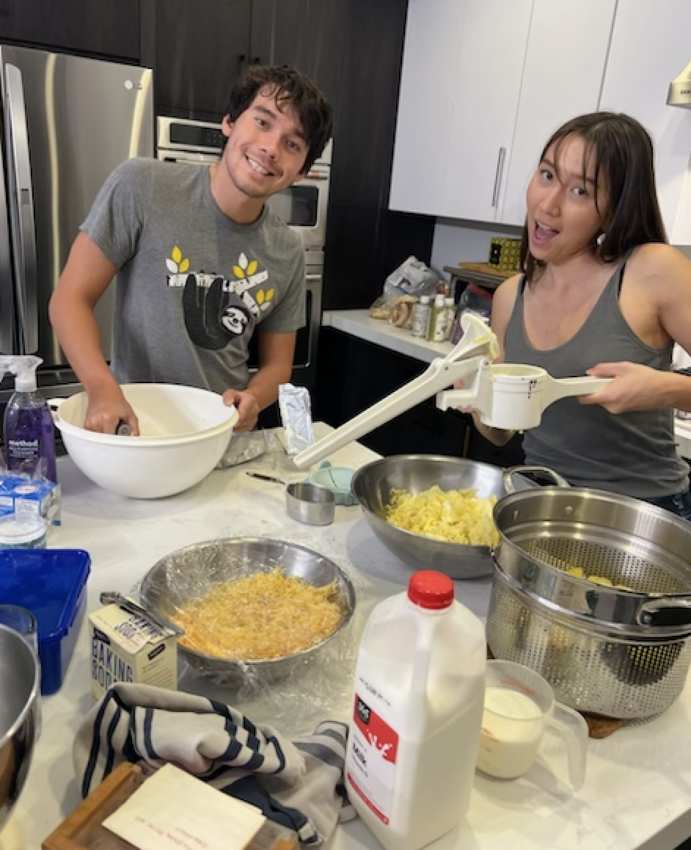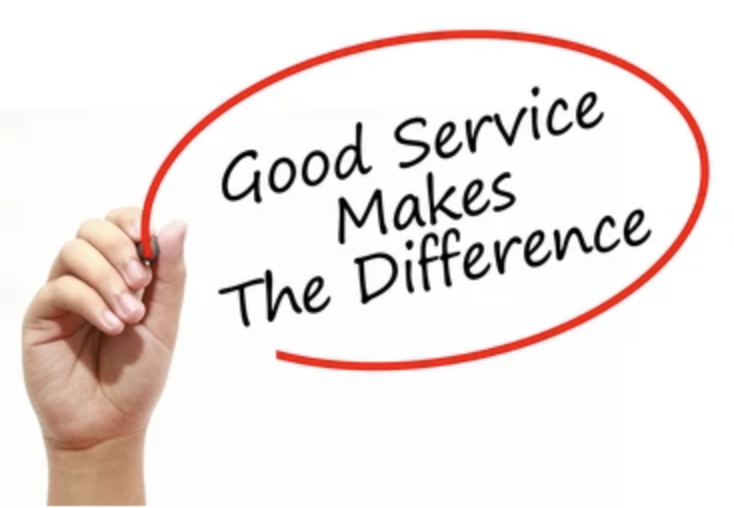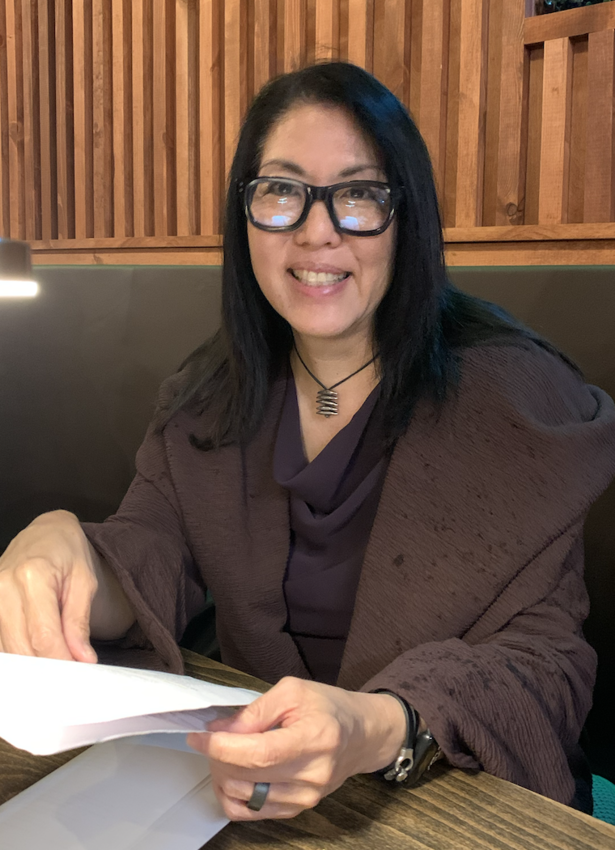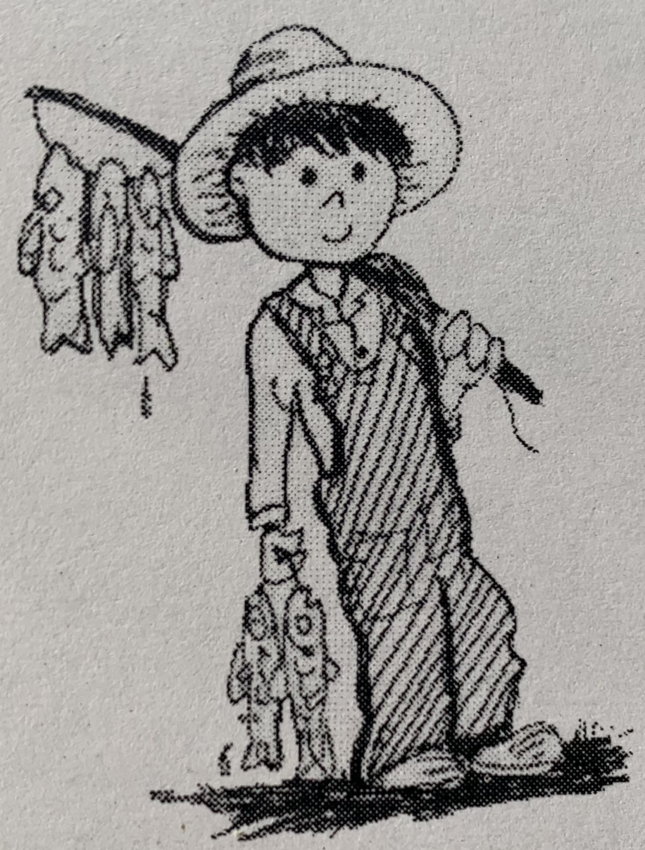By Min Tsubota
Dr. Owen Taylor had a mansion on the Kent, WA, east hill with a Japanese lady cook and her husband who was the gardener in the early 1900s. He had this beautiful fish pond and had stocked it with expensive carp from Japan.
I had an eight year older brother, Henry, born in 1910. When he was little, he was so bad, Mom threatened to put him in the Kent Jail. The one story is that when he was six or seven years old, he went fishing and had three or four fish from Dr. Taylor’s pond on a string and was walking home along Central Avenue. Dr. Taylor was driving home and saw Henry looking like a Tom Sawyer. The doctor was so mad!
At that time, my Dad, Sentaro Tsubota, owned a grocery store in Kent. Henry had made a lot of older hakunin (caucasian) friends who persuaded him to get them candy from the store. Dad also had fire crackers from Japan to do the 4th of July firework celebration for the City of Kent. These same older friends persuaded Henry to get some firecrackers.The boys lit them and ran off. Except one didn’t explode and they told Henry to go check. It blew up as Henry got there and he was badly burned.
Running home, Mom told Henry to get on the telephone and call Dr. Taylor. Doctors regularly made house calls those days. Dr. Taylor answered by saying, “Anyone who steals my fish has to come to my place. I’m not coming.” So Henry had to walk to Dr. Taylor’s mansion with the burns but Dr. Taylor did a beautiful job that left no scars.
Years later, in 1930, we had a terrible car accident on the West Valley highway. Henry was driving, I was on the passenger side. Brother Masayoshi was behind the driver and we were taking Mr. Okimoto home after a dinner. It was so foggy, we couldn’t see 10 feet in front of us. Anderson’s Oil Tanker truck came over the hill, crossing the center line and hitting us. It grazed Henry’s left side and he had a brain concussion. Masayoshi was killed instantly and Mr. Okimoto’s head went out the window and he was bleeding all over. There was a truck in front of Nomura’s place along the road and I was thrown onto the truck. I don’t remember how I got there. Mr. Saito lived close and brought his Lincoln Zephyr to take them to the Auburn hospital, grateful that Mr. Saito didn't mind all that blood all over his expensive car. The Aid Car never got there because of the mile back-up of traffic because of the accident.
Henry was in a coma for 3 weeks. Dr. Taylor then did an 8-hour operation to save him. He explained he had to use an auger to drill into Henry’s head to remove the clot on the brain saying, “It was so stressful, I had drink a jigger of whiskey at the end to relieve the tension.”
These incidents resulted in a deep friendship. Several years later Dr. Taylor fell ill and the only one he asked for on his deathbed was Henry.



